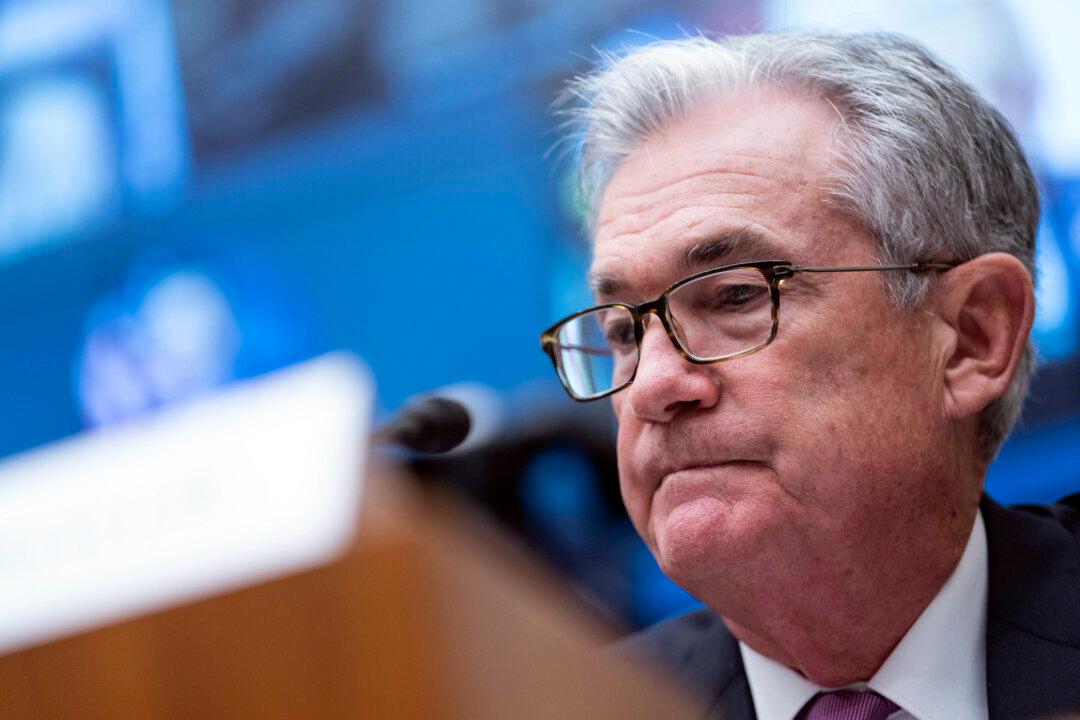News Analysis
The Federal Reserve will complete its two-day December monetary policy meeting on Wednesday, and market analysts are describing it as the most important meeting of the year.

The Federal Reserve will complete its two-day December monetary policy meeting on Wednesday, and market analysts are describing it as the most important meeting of the year.